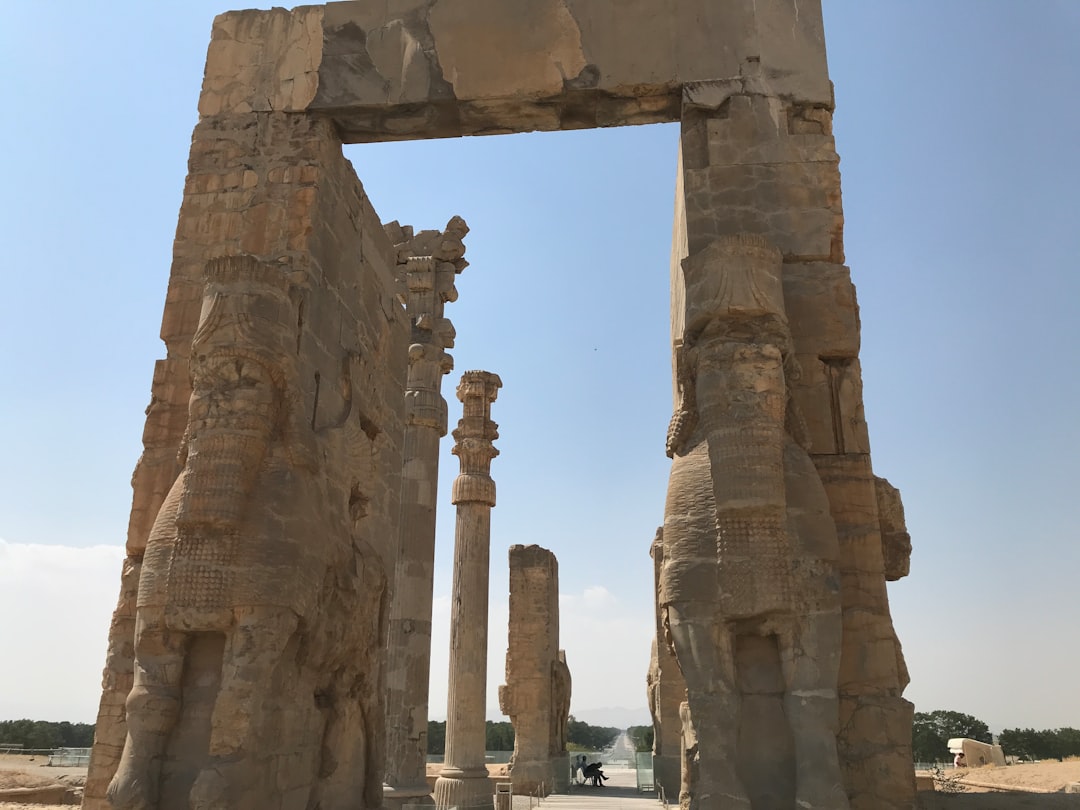The names “Iran” and “Persia” evoke images of ancient empires, poetic traditions, and vibrant cultures. Yet many are unsure why one country carries two distinct names, and what each represents. In this post, we’ll explore the origins of these names, their historical usage, and the nuances that persist in modern times.
1. Etymology and Ancient Roots
-
Persia
-
Derived from Pars (also “Fars”), a region in southwestern Iran that was the heartland of the ancient Achaemenid Empire (c. 550–330 BCE).
-
Greek historians called the empire “Persis,” which became “Persia” in Latin and later in European languages.
-
Over centuries, “Persia” came to denote not only Fars but the entire Iranian plateau and its ruling dynasties.
-
-
Iran
-
From the Old Persian word Aryānām, meaning “Land of the Aryans.”
-
In Middle Persian (the Sassanian era, 224–651 CE), the name evolved into Ērān, referring to the people rather than a specific province.
-
Locally, the country’s inhabitants have long referred to their land as “Ērān” or “Iranshahr” (“Empire of the Iranians”).
-
2. Persia in Western Imagination
For much of Europe’s contact with the East—from Alexander the Great’s campaigns (4th century BCE) to the Silk Road era—the land of the Achaemenids, Parthians, and Sassanians was “Persia.” Western literature, art, and scholarship used “Persia” to describe:
-
Artistic Traditions: Persian rugs, miniatures, and poetry by Rumi or Hafez.
-
Orientalist Scholarship: 19th‑ and early 20th‑century explorers, archaeologists, and painters who documented “Persian” monuments and customs.
“Persia” thus acquired romantic and exotic overtones in Europe and America—a place of jasmine‑scented courtyards, scholarly mystics, and imperial grandeur.
3. The 1935 Name Change
On March 21, 1935, Reza Shah Pahlavi requested that foreign delegates use “Iran” instead of “Persia” in official correspondence. His motivations included:
-
National Unity: Emphasizing a modern, territorial state rather than a regional identity tied to one province.
-
Historical Continuity: Reclaiming the indigenous name that predates Arab conquest and Islamic influence.
-
International Recognition: Signaling Iran’s emergence as a sovereign nation in the 20th century.
However, many Western governments continued to use both names interchangeably for years. In 1959, Mohammad Reza Shah Pahlavi announced that both “Persia” and “Iran” could be used, recognizing the enduring legacy and familiarity of “Persia” abroad.
4. Modern Usage: When to Say “Iran” vs. “Persia”
-
Official Contexts
-
Iran is the formal name of the nation-state, used in diplomacy, international organizations, and legal documents.
-
The country’s Olympic team, UN membership, and postage stamps all bear the name “Islamic Republic of Iran.”
-
-
Cultural & Historical Contexts
-
Persia remains popular when referencing ancient history (e.g., the “Persian Empire”), classical art forms (“Persian miniatures”), or literary traditions (“Persian poetry”).
-
Many diaspora communities and cultural institutions—such as the Persian Cultural Society—embrace the older name to highlight heritage.
-
5. Beyond the Names: Identity and Perception
The dual usage of “Iran” and “Persia” reflects deeper layers of identity:
-
Continuity vs. Change: “Persia” connects to 2,500 years of imperial history and cultural achievement. “Iran” emphasizes the modern nation-state, its diversity of ethnicities (e.g., Azeris, Kurds, Lurs, Arabs), and its post‑1900 political evolution.
-
External vs. Internal: “Persia” often carries an outsider’s romanticized image, while “Iran” is the name uniting citizens from Tehrān to Tabrīz to Shiraz.
-
Politics of Naming: For some, clinging to “Persia” feels like distancing from the Islamic Republic’s contemporary politics; for others, adopting “Iran” asserts a forward‑looking national pride.
6. Conclusion
Whether you say “Iran” or “Persia,” you’re speaking of a land whose history spans Cyrus the Great’s palaces to modern-day metropolises. Use “Persia” when delving into ancient dynasties, art, and literature—but “Iran” when referring to the country as it stands today. Both names carry rich legacies, weaving together millennia of civilization, culture, and change.
So next time you encounter these two names, you’ll know they’re not contradictory but complementary—two sides of the same storied heritage.





